Home>Gardening & Outdoor>Landscaping Ideas>How Long To Leave Straw On Grass Seed
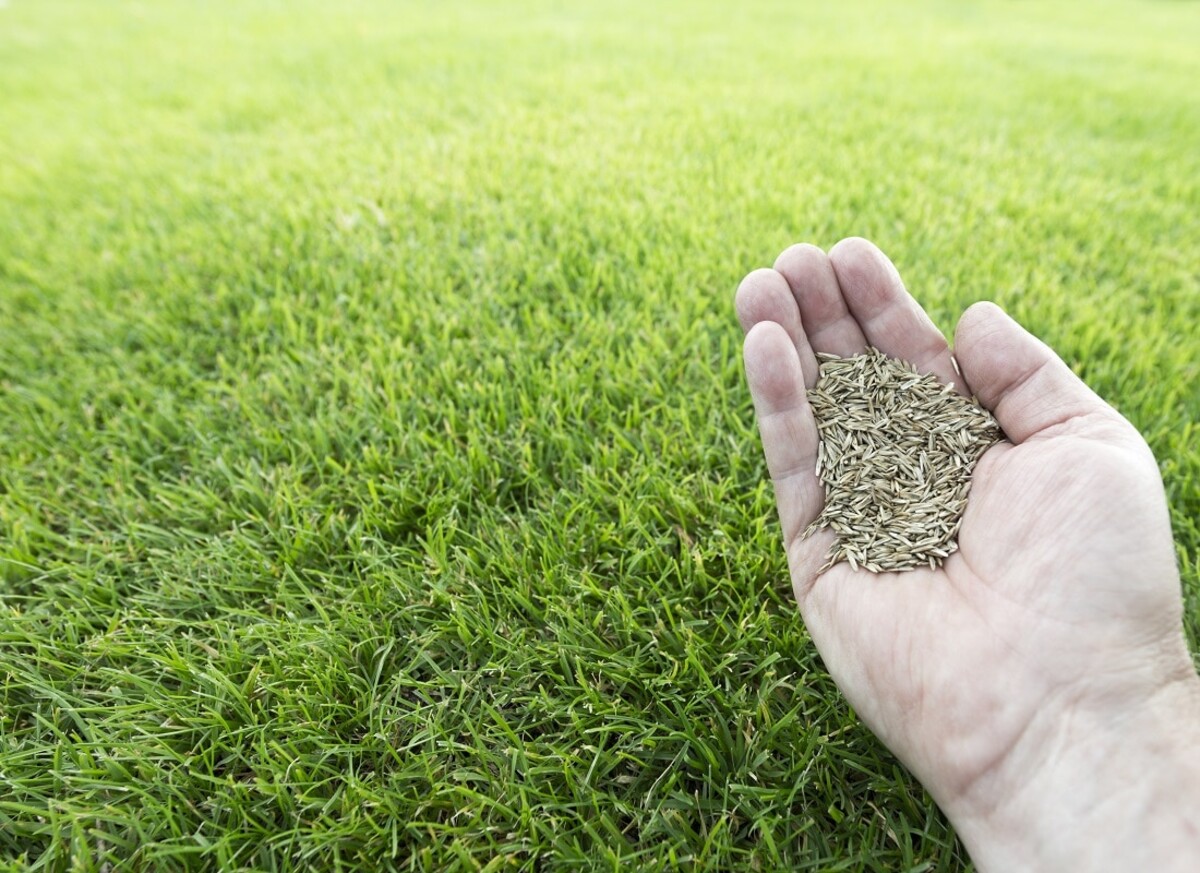

Landscaping Ideas
How Long To Leave Straw On Grass Seed
Modified: August 17, 2024
Discover the best landscaping ideas and learn how long to leave straw on grass seed for optimal growth. Enhance your lawn with our expert tips!
(Many of the links in this article redirect to a specific reviewed product. Your purchase of these products through affiliate links helps to generate commission for Storables.com, at no extra cost. Learn more)
Introduction
So, you've decided to sow some grass seed in your yard to create a lush, green lawn. Congratulations on taking the first step toward a beautiful outdoor space! However, you may be wondering about the next crucial step: covering the grass seed with straw. How long should you leave the straw on the grass seed to ensure optimal growth and establishment? This is a common question among homeowners looking to nurture their lawns, and the answer involves several important factors to consider.
In this article, we will explore the various considerations that come into play when determining the duration for which straw should be left on grass seed. By understanding these factors and best practices, you can make informed decisions that will contribute to the success of your lawn seeding project. Let's delve into the details to ensure that your grass seed receives the care it needs to flourish and thrive.
Key Takeaways:
- Don’t leave straw on grass seed for too long in wet conditions to avoid mold. Adjust coverage based on weather and seedling growth for a healthy lawn.
- Keep an eye on moisture levels and seedling development while using straw to cover grass seed. Minimize disturbance and seek professional advice for optimal results.
Read more: How Long To Leave Straw On New Grass
Factors to Consider
When deciding how long to leave straw on grass seed, several factors should be taken into account to promote optimal germination and growth. Understanding these factors will help you determine the most suitable duration for straw coverage, ensuring that your grass seed receives the necessary support for successful establishment.
Here are the key factors to consider:
- Weather Conditions: The prevailing weather plays a significant role in determining the duration for which straw should cover the grass seed. If you are experiencing hot and dry weather, the straw can provide essential moisture retention and protection from the sun, promoting germination and early growth. In contrast, cooler and wetter conditions may necessitate a shorter duration of straw coverage to prevent excessive moisture retention and potential mold or disease issues.
- Seed Type: Different grass seed varieties have varying germination periods and environmental requirements. Some seeds may benefit from extended straw coverage to maintain consistent moisture levels, while others may require less time under the straw to prevent excessive moisture accumulation.
- Soil Type: The composition and drainage properties of your soil can influence the duration of straw coverage. Well-draining soils may require less time under straw to avoid waterlogged conditions, while heavier or compacted soils could benefit from extended coverage to facilitate moisture retention and protect emerging seedlings.
- Seedbed Preparation: The quality of your seedbed preparation can impact the need for straw coverage. Adequately prepared seedbeds with good seed-to-soil contact may require less time under straw, as the soil itself provides a conducive environment for germination and early growth.
- Pest and Bird Activity: Consider the potential impact of pests and birds on your grass seed. If you are dealing with significant bird activity or pest issues, longer straw coverage may offer protection against these threats, safeguarding the germinating seeds until they can establish a stronger root system.
By carefully considering these factors, you can make an informed decision regarding the duration for which straw should cover your grass seed. Each lawn and seeding project is unique, and understanding these variables will empower you to provide the best possible conditions for successful germination and establishment.
Leave straw on grass seed for 7-10 days to help retain moisture and protect the seeds. Be sure to monitor the moisture levels and remove the straw once the grass starts to germinate.
Best Practices
When it comes to determining the optimal duration for leaving straw on grass seed, several best practices can guide you toward successful lawn establishment. By incorporating these practices into your lawn care routine, you can enhance the germination process and support the healthy growth of your grass seed.
Here are some best practices to consider:
- Monitor Moisture Levels: Regularly assess the moisture levels in the seedbed to ensure that the grass seed receives adequate hydration. While straw can help retain moisture, it’s essential to prevent excessive dryness or waterlogging, as both conditions can impede germination and growth.
- Adjust Straw Coverage: Continuously evaluate the environmental conditions and the progress of germination to determine if adjustments to the duration of straw coverage are necessary. If the weather becomes excessively hot or dry, extending the duration of straw coverage may be beneficial. Conversely, in cooler or wetter conditions, reducing the duration of coverage can prevent moisture-related issues.
- Observe Seedling Development: Keep a close eye on the emergence and early growth of grass seedlings. Once the seedlings have established a strong root system and are visibly thriving, you can gradually remove the straw to allow for unhindered growth and access to sunlight.
- Minimize Disturbance: While the straw is in place, minimize activities that could disrupt the seedbed, such as heavy foot traffic or excessive movement of equipment. This will help maintain the integrity of the seedbed and support the germination process.
- Consider Alternative Coverings: In addition to straw, explore alternative coverings such as erosion control blankets or specialized seed coverings designed to promote germination and protect emerging seedlings. These options can offer unique benefits based on your specific lawn care needs and environmental conditions.
- Seek Professional Guidance: If you are uncertain about the best practices for your particular grass seed variety or local climate, consider consulting with a professional landscaper or horticulturist. Their expertise can provide valuable insights tailored to your specific lawn seeding project.
By adhering to these best practices and remaining attentive to the needs of your grass seed, you can optimize the duration for which straw should cover the seedbed. This proactive approach will contribute to the successful establishment of a vibrant and healthy lawn, enhancing the beauty of your outdoor space.
Conclusion
As you embark on the journey of nurturing your lawn through grass seed sowing, the decision of how long to leave straw on the seedbed is a crucial consideration for promoting successful germination and growth. By taking into account various factors such as weather conditions, seed type, soil characteristics, seedbed preparation, and potential threats from pests and birds, you can tailor your approach to suit the unique needs of your lawn seeding project.
Implementing best practices, including monitoring moisture levels, adjusting straw coverage as needed, observing seedling development, minimizing disturbance, and exploring alternative coverings, empowers you to create an environment conducive to healthy grass seed establishment. These practices, when combined with a keen understanding of the factors influencing straw duration, will guide you toward making informed decisions that support the growth and resilience of your lawn.
Ultimately, the goal is to provide your grass seed with the optimal conditions for germination and early growth, setting the stage for a vibrant and lush lawn. By embracing these considerations and best practices, you are actively contributing to the long-term health and beauty of your outdoor space, fostering a welcoming environment for relaxation, recreation, and natural beauty.
As you navigate the process of nurturing your lawn, remember that each step, from seed sowing to straw coverage, is a valuable investment in the future vitality of your outdoor oasis. With thoughtful planning, informed decision-making, and a touch of patience, you are laying the groundwork for a stunning and resilient lawn that will bring joy and tranquility to your home for years to come.
Frequently Asked Questions about How Long To Leave Straw On Grass Seed
Was this page helpful?
At Storables.com, we guarantee accurate and reliable information. Our content, validated by Expert Board Contributors, is crafted following stringent Editorial Policies. We're committed to providing you with well-researched, expert-backed insights for all your informational needs.
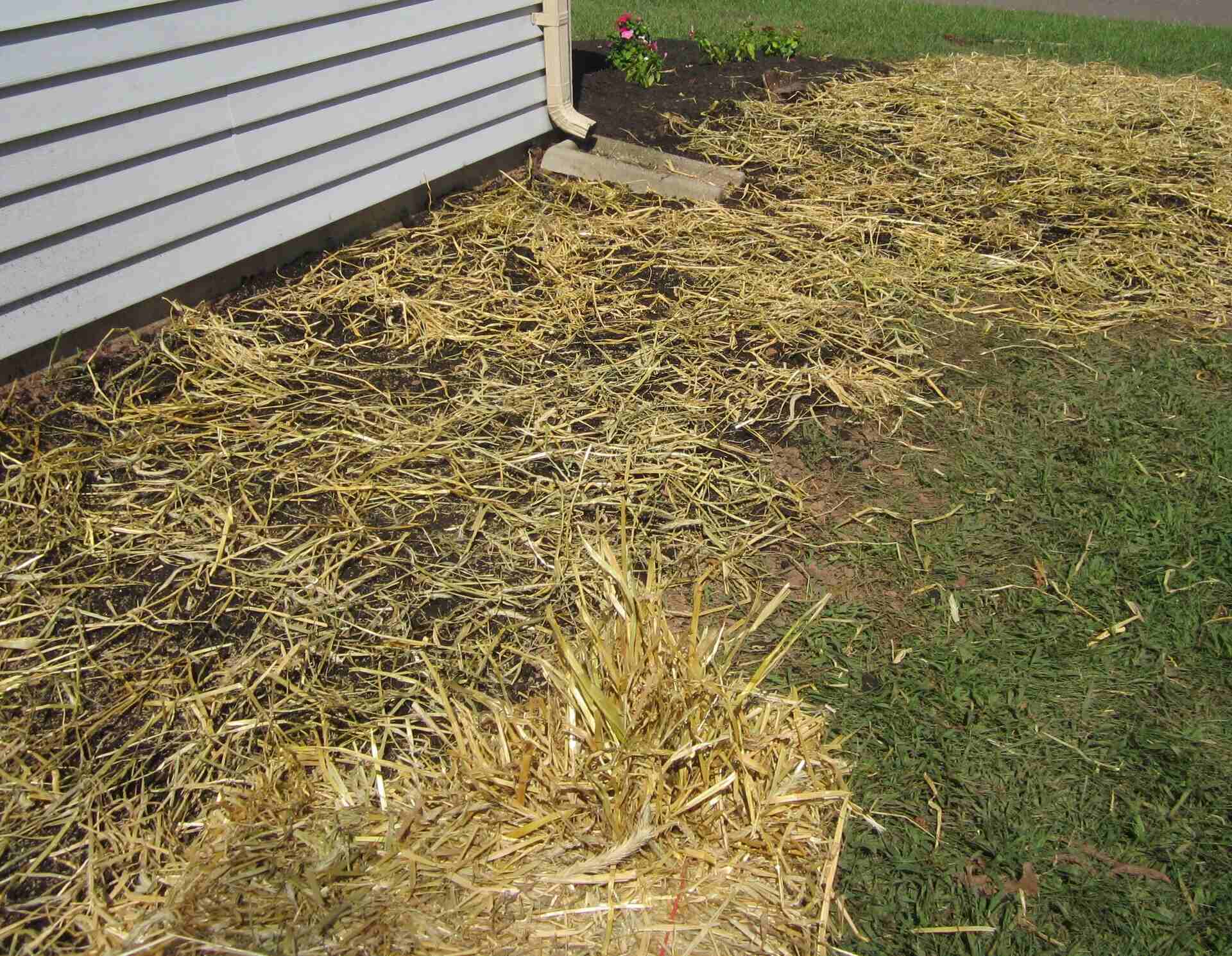
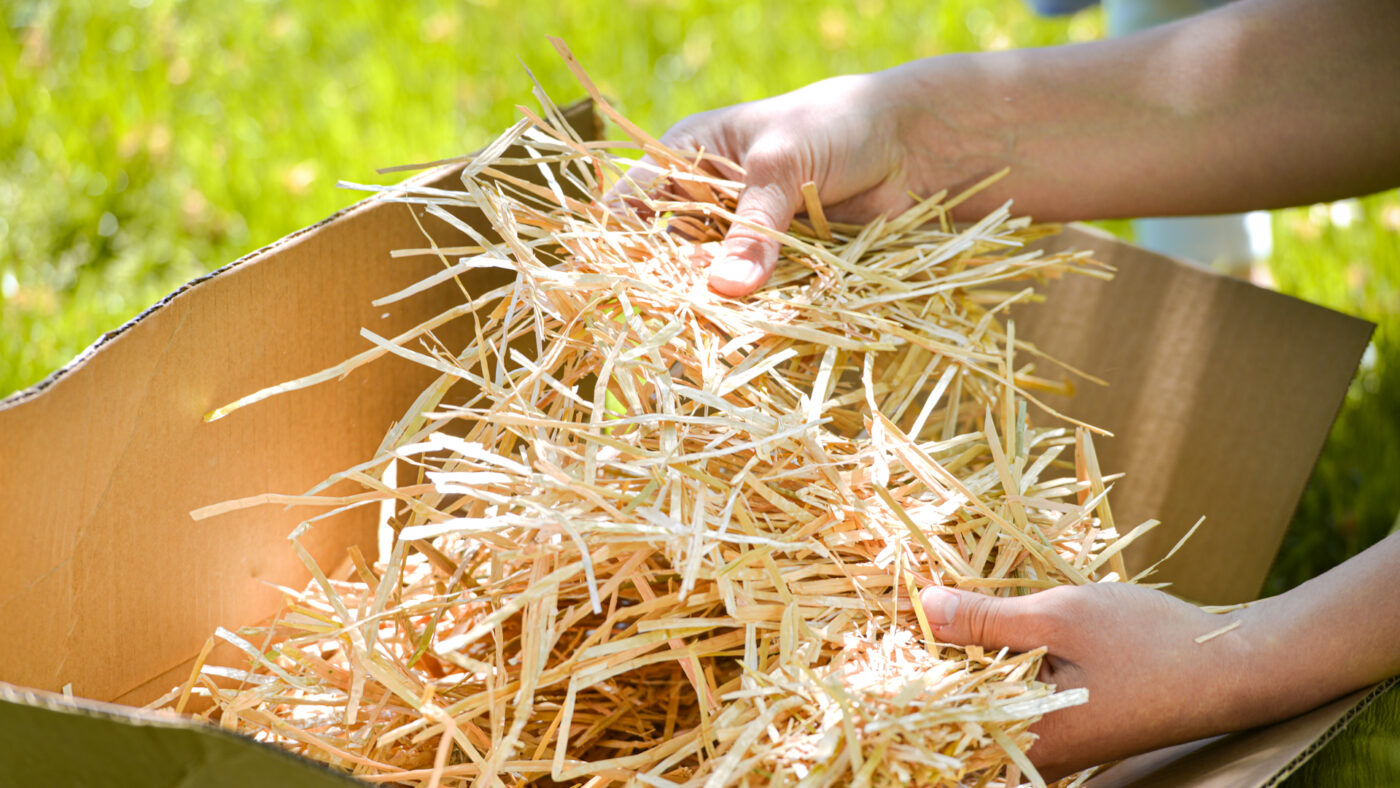
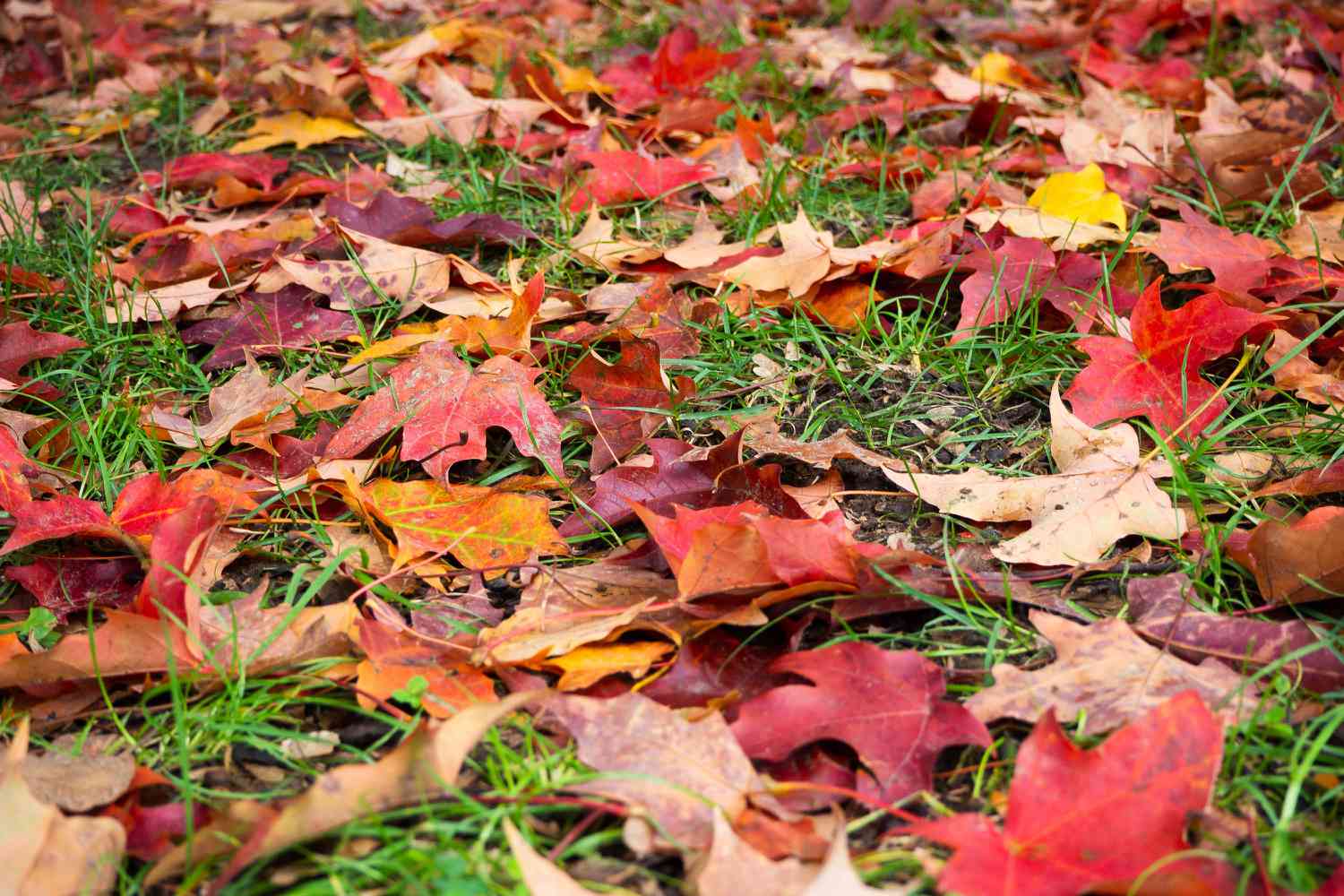
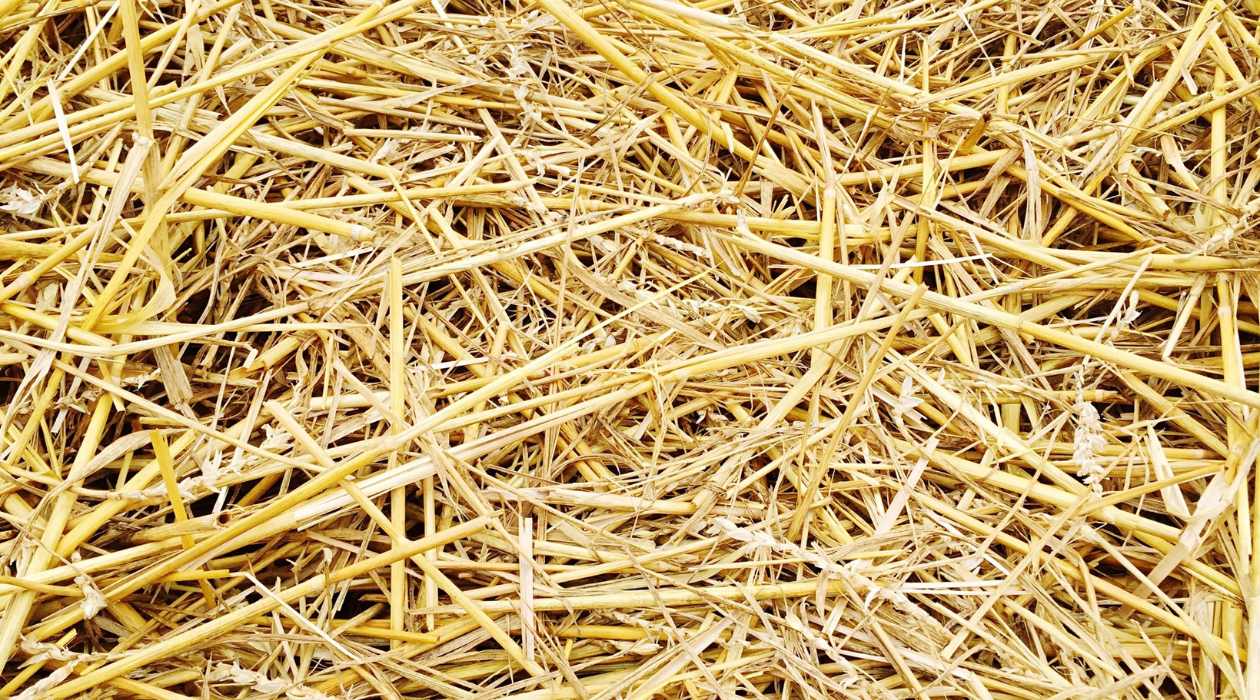
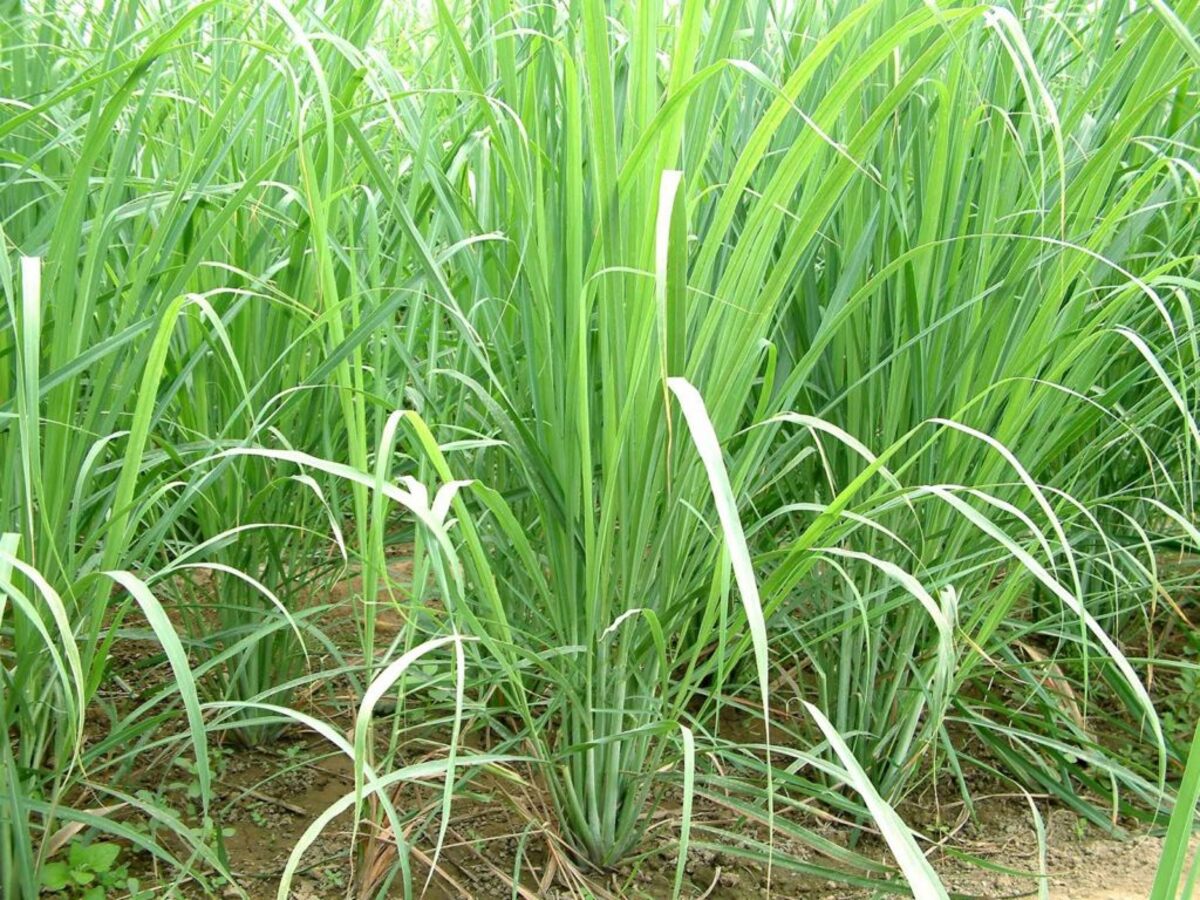
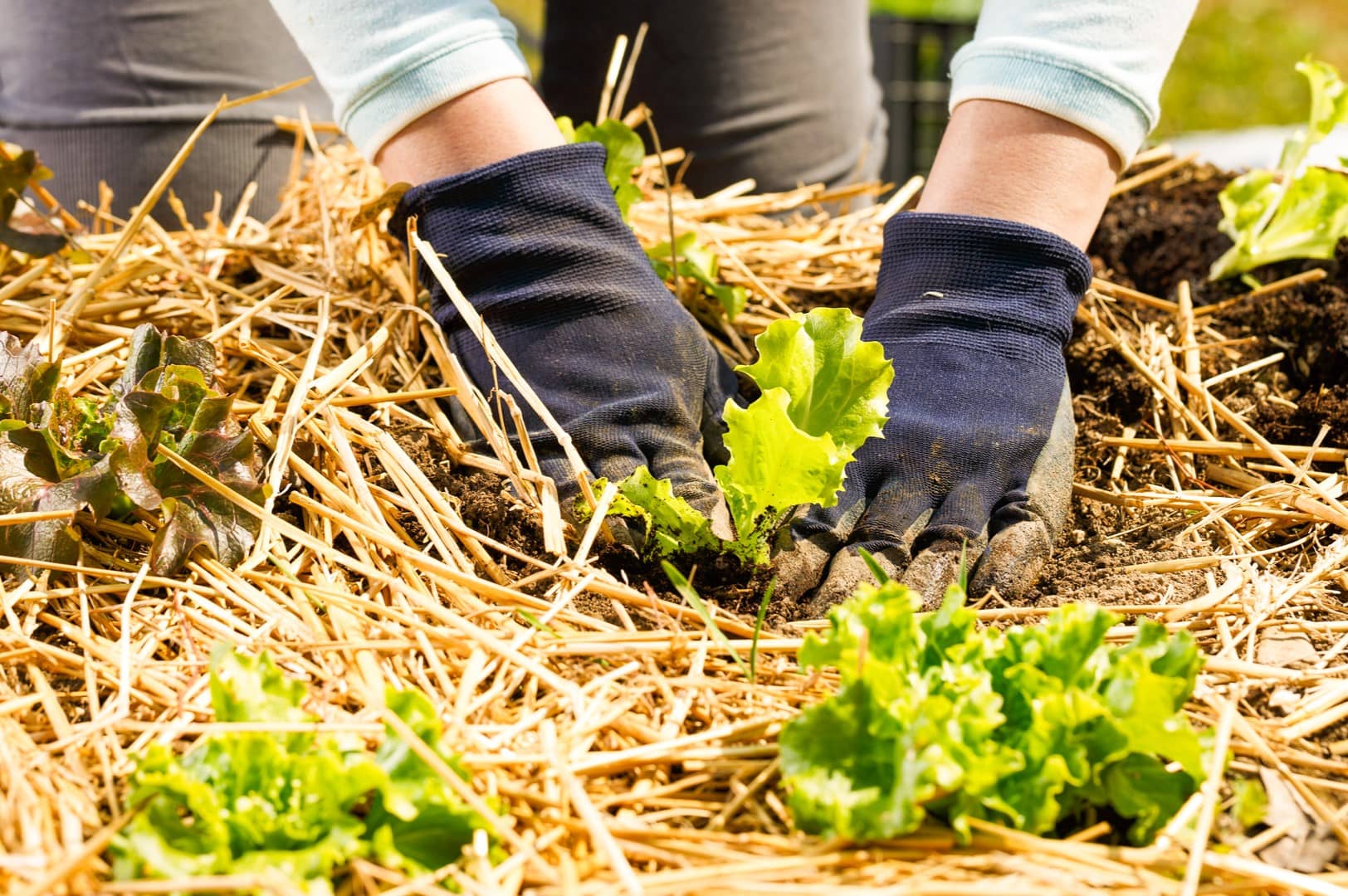
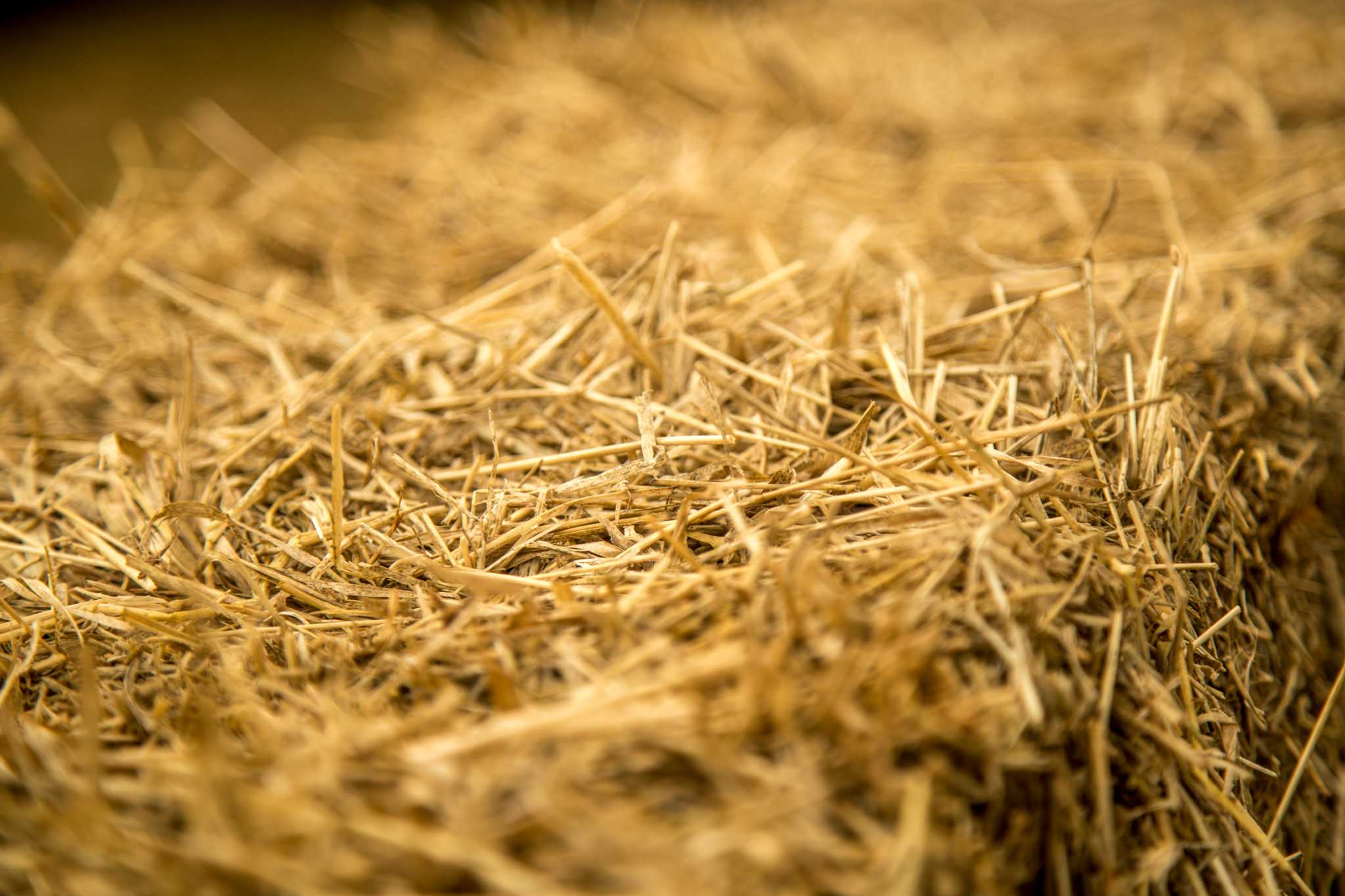

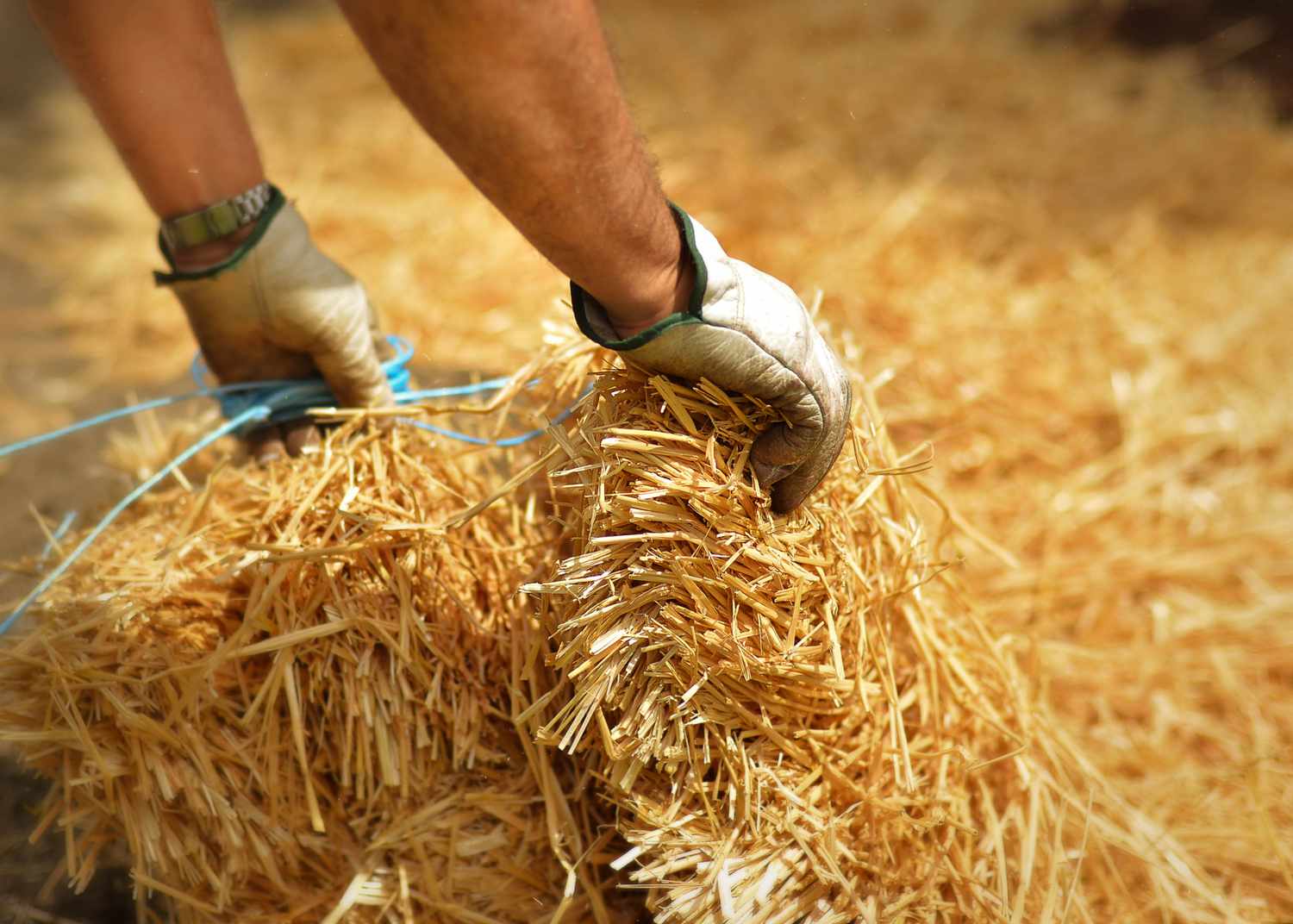
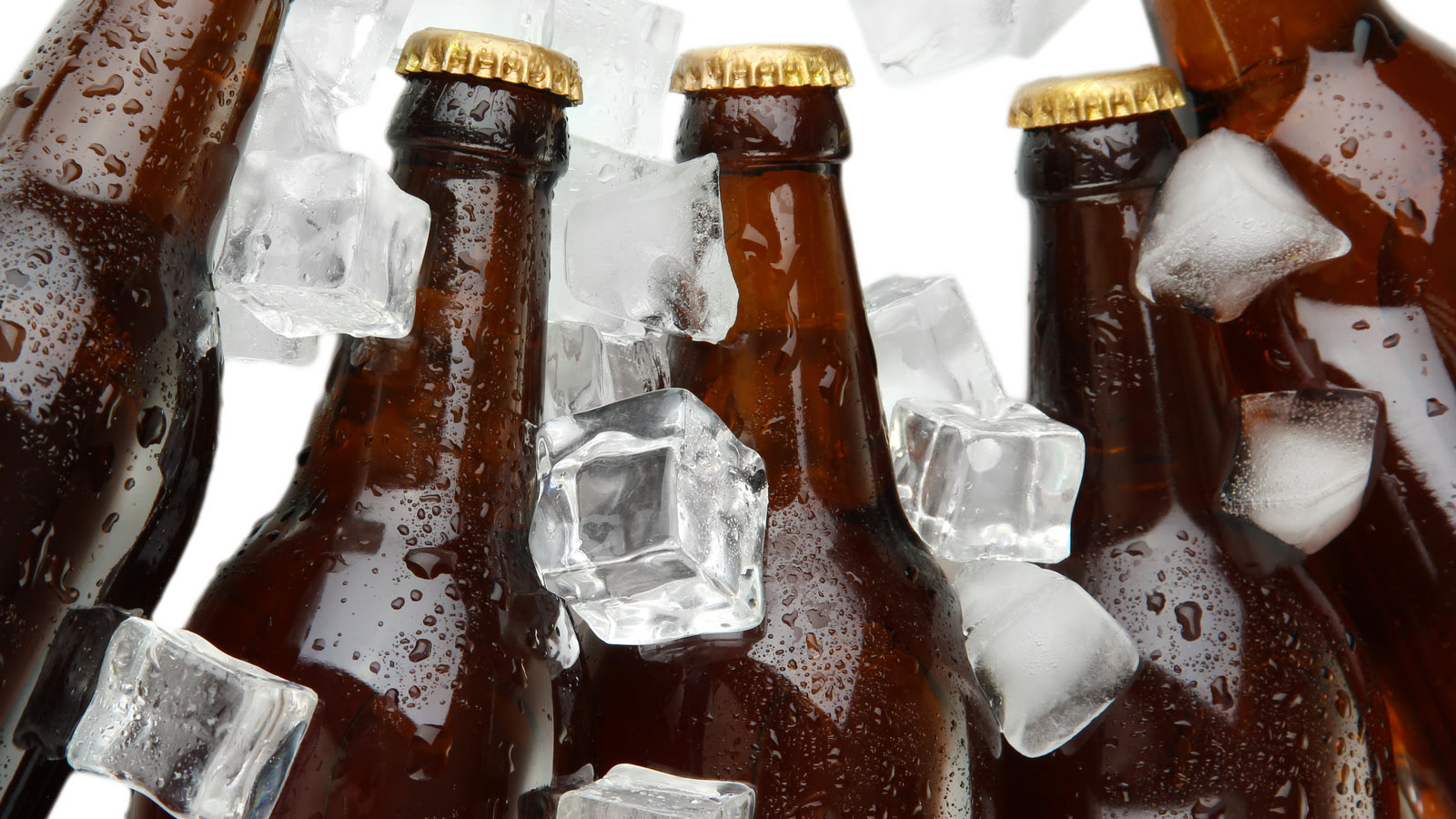

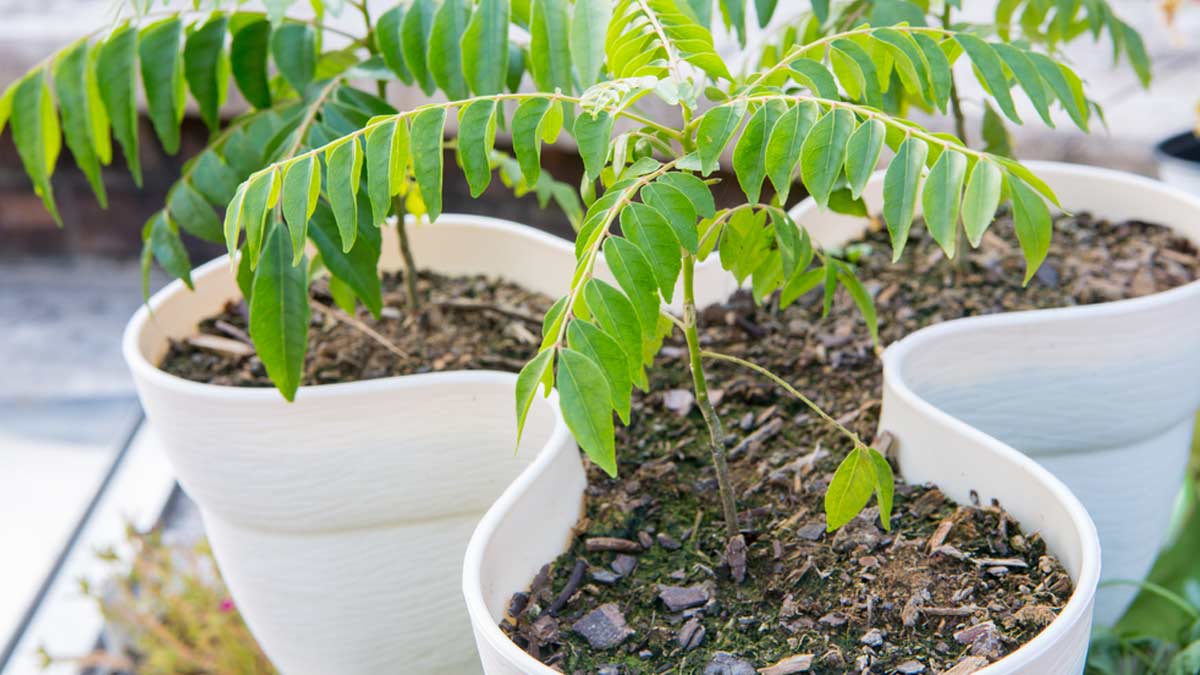
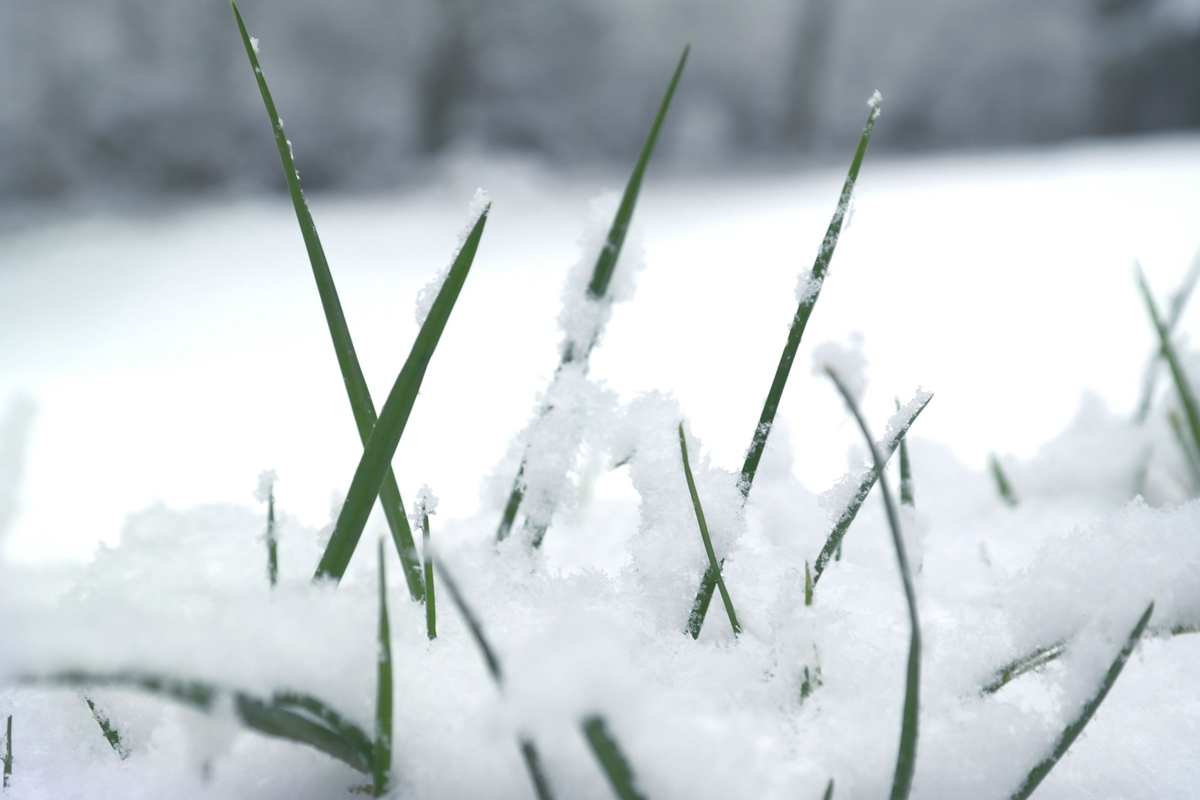
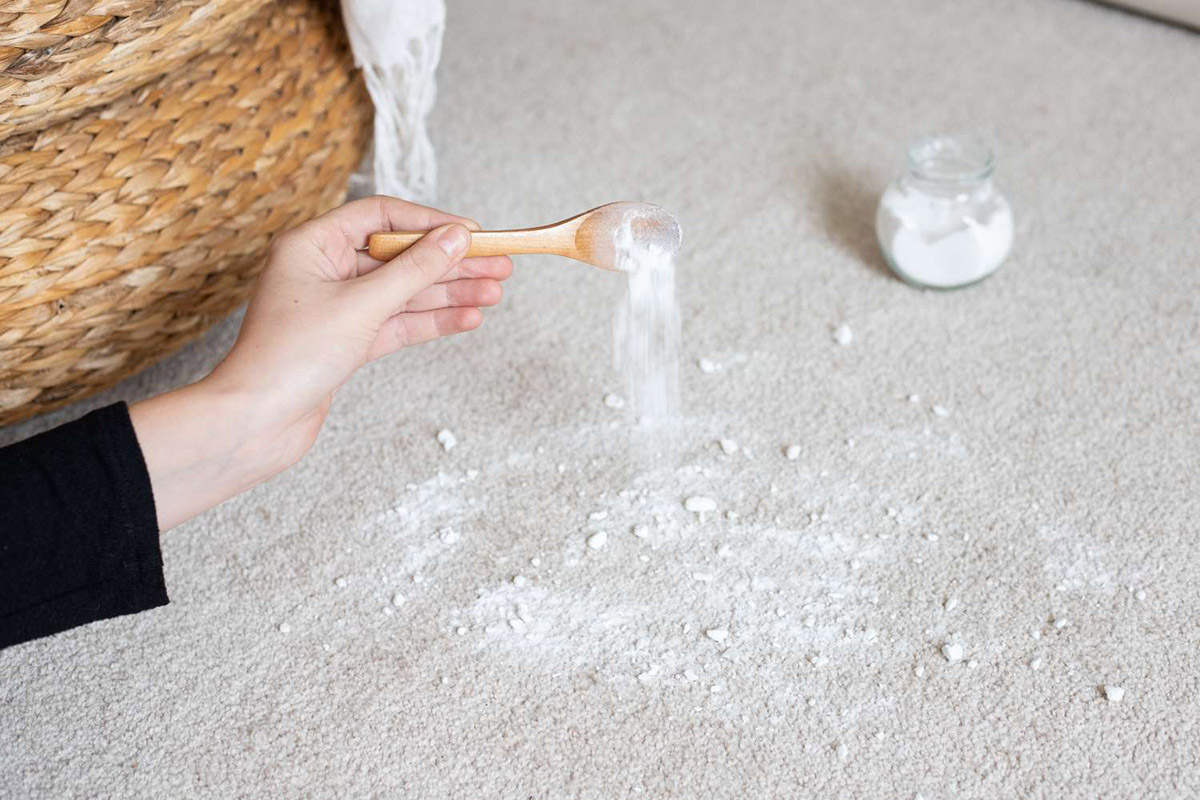
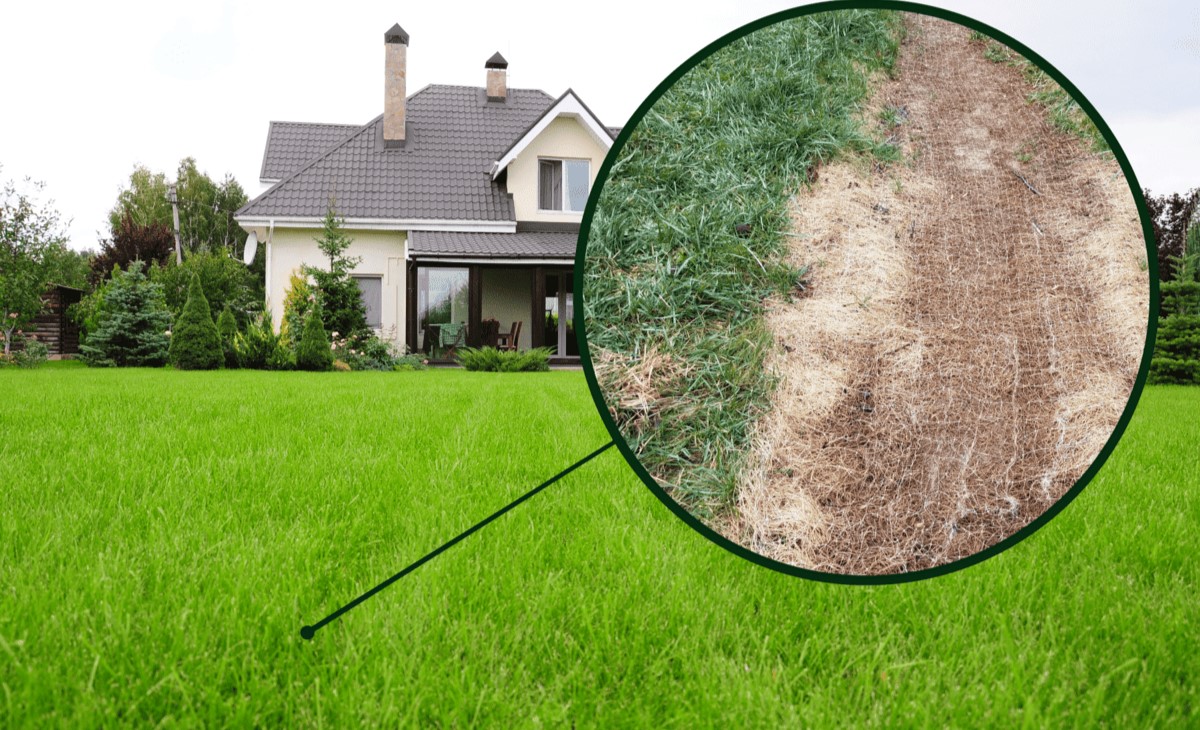

0 thoughts on “How Long To Leave Straw On Grass Seed”